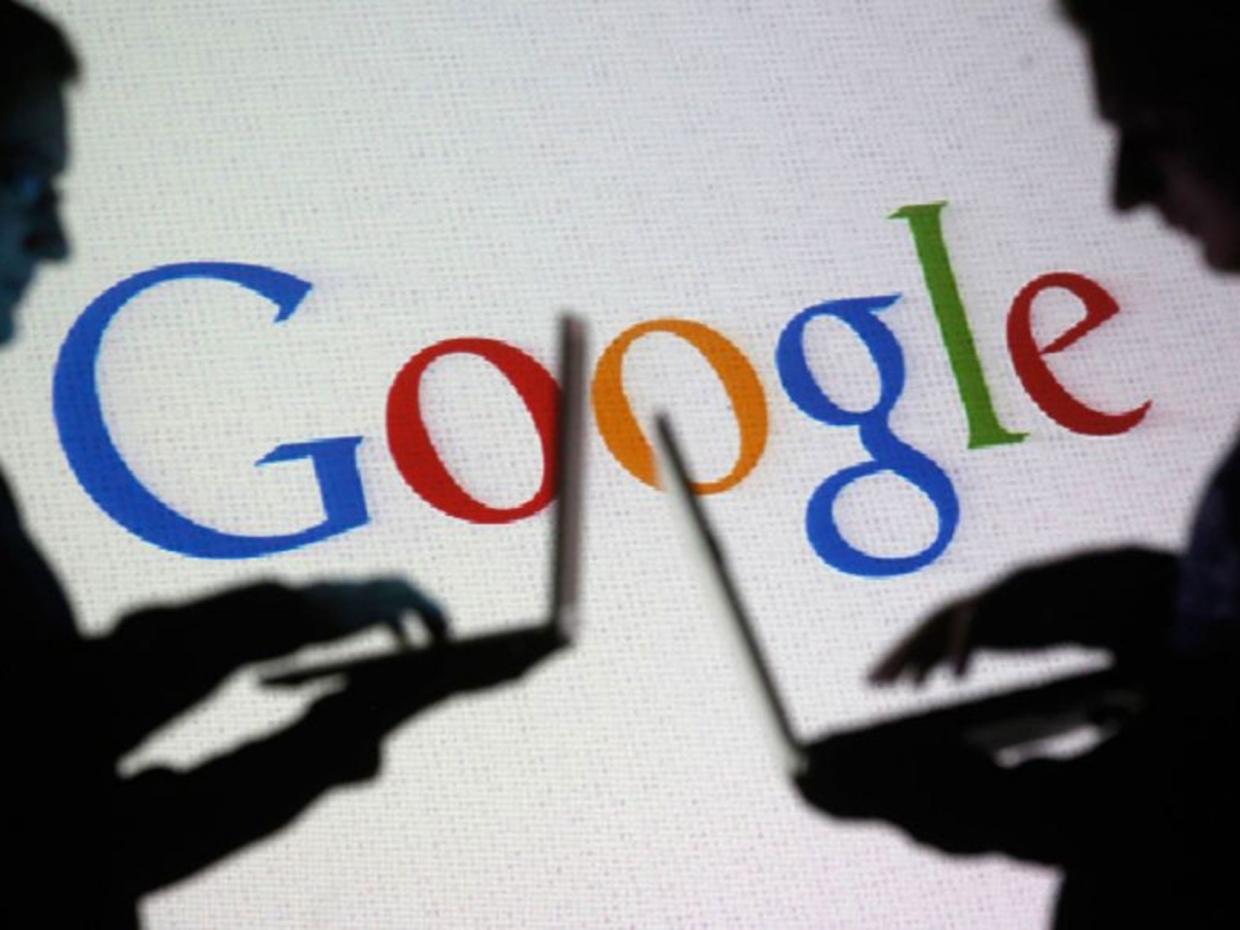
A new report by LendingClub and Paymnts reveals that the majority of Americans are still struggling to put away any kind of savings each month amid skyrocketing inflation and a fading economy.
From January 6 to January 27, analysts looked at the spending and saving habits of 4,163 United States consumers. They found that 60 percent of adults, including more than four in 10 high-income consumers, are barely scraping by – this down from 64 percent last January.
In January 2023, 45 percent of consumers earning more than $100,000 a year were living paycheck to paycheck. This is down from 48 percent at the same time last year.
At the end of each month, somewhere in the vicinity of 64 percent of consumers in the U.S. are left with little or no money to spend on anything beyond just the basic necessities, an earlier Paymnts and LendingClub survey from last December found.
In the latest report, the number of middle-income consumers who earn between $50,000 and $100,000 per year, as well as low-income consumers earning less than $50,000 per year, dropped slightly from 74 percent last year to 64 percent this year.
(Related: More Americans then perhaps ever before are having to take out loans just to buy groceries.)
Inflation still creeping up month after month
The latest data and metrics suggest that the average American consumer is having to drastically cut back on spending, even for things like groceries and rent that are considered necessities. At the same time, consumer spending is slightly higher than expected right now.
We are building the infrastructure of human freedom and empowering people to be informed, healthy and aware. Explore our decentralized, peer-to-peer, uncensorable Brighteon.io free speech platform here. Learn about our free, downloadable generative AI tools at Brighteon.AI. Every purchase at HealthRangerStore.com helps fund our efforts to build and share more tools for empowering humanity with knowledge and abundance.
"While it's too early to indicate a trend, consumers have accepted that inflation is part of their everyday lives, and they are actively making behavior changes, especially during the 2022 holiday shopping season, to adjust their spending and better manage their cash flow," said Anuj Nayar, a financial health officer at LendingClub, in a press release.
Nearly half, or around 42 percent, of all American consumers living paycheck to paycheck are keeping up with their monthly bills, the latest survey found. This is roughly the same percentage as last year around this same time period.
The percentage of those struggling to pay their bills dropped from around 22 percent a year ago to 19 percent in January 2023, the latest report further found.
According to the Department of Commerce, consumer spending increased by 1.8 percent in January, which is more than expected. In fact, this is the largest spending increase since March 2021 at the height of the Wuhan coronavirus (Covid-19) scamdemic.
Economist had forecast consumer spending rebounding by just 1.3 percent, so this was an unexpected increase. At the same time, food and energy prices have continued to creep up, as have the prices for many other things.
The core PCE Price Index, which excludes the volatile food and energy sectors, increased from 4.6 percent a year ago to 4.7 percent today. Wall Street had predicted a 4.4 percent increase.
Month over month, core PCE prices were up 0.6 percent, up from 0.4 percent a year ago.
"When adjusted for inflation, consumer spending increased 1.1 percent," reports indicate. "Meanwhile, personal income adjusted for inflation increased 1.4 percent, and the personal saving rate was also up 4.7 percent from 4. 5 percent in December, the highest in a year."
"That data suggest that inflation may persist for longer than anticipated, declining at a slower rate, which could prompt the Federal Reserve to further tighten its monetary policy as it strives to reach its inflation goal of 2 percent."
In March and May of this year, the Federal Reserve is expected to hike up interest rates by another 25 basis points. And these hiked rates will likely continue for a lot longer than expected in order to slow down aggregate demand.
More related news coverage can be found at Collapse.news.
Sources for this article include:
Please contact us for more information.




















